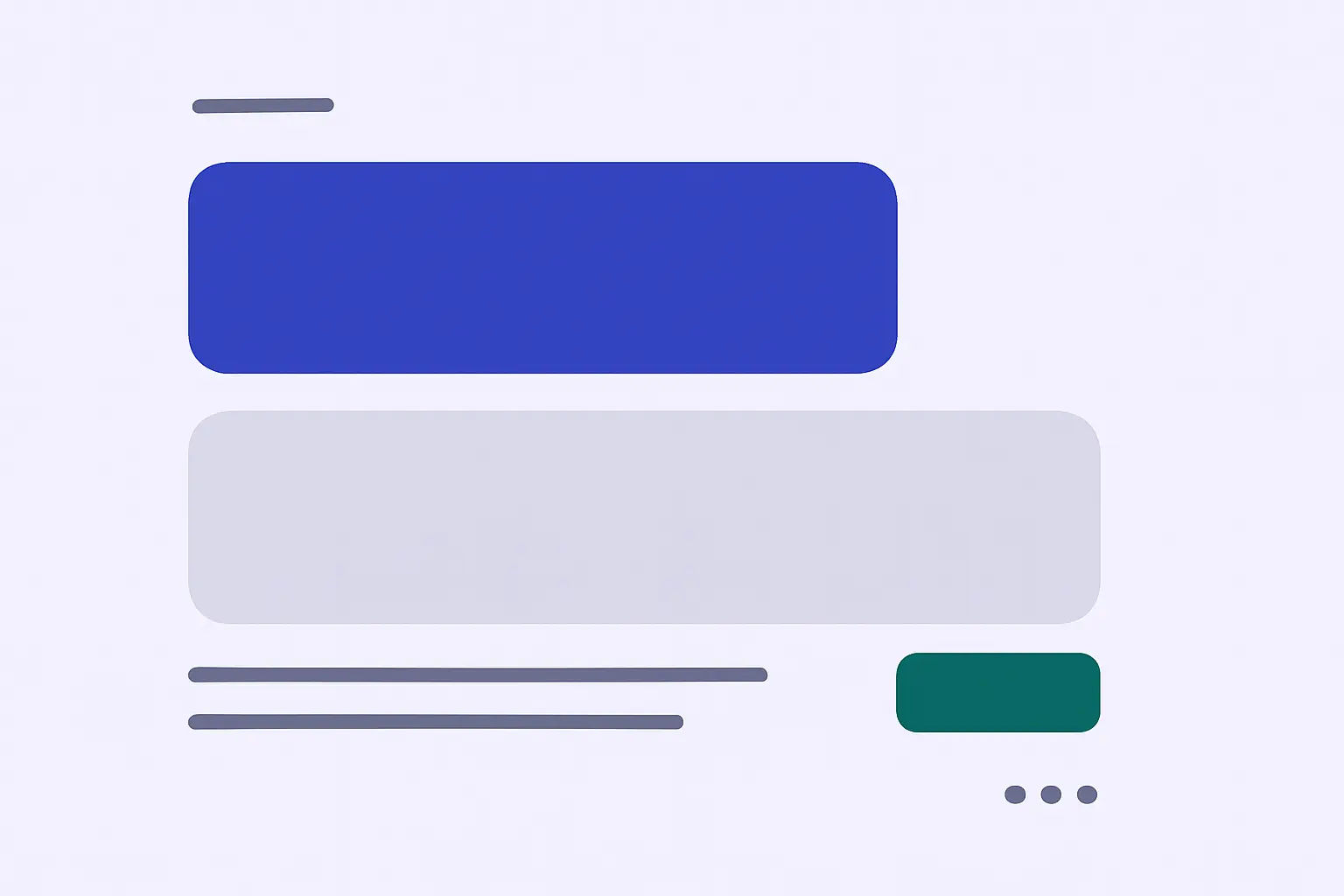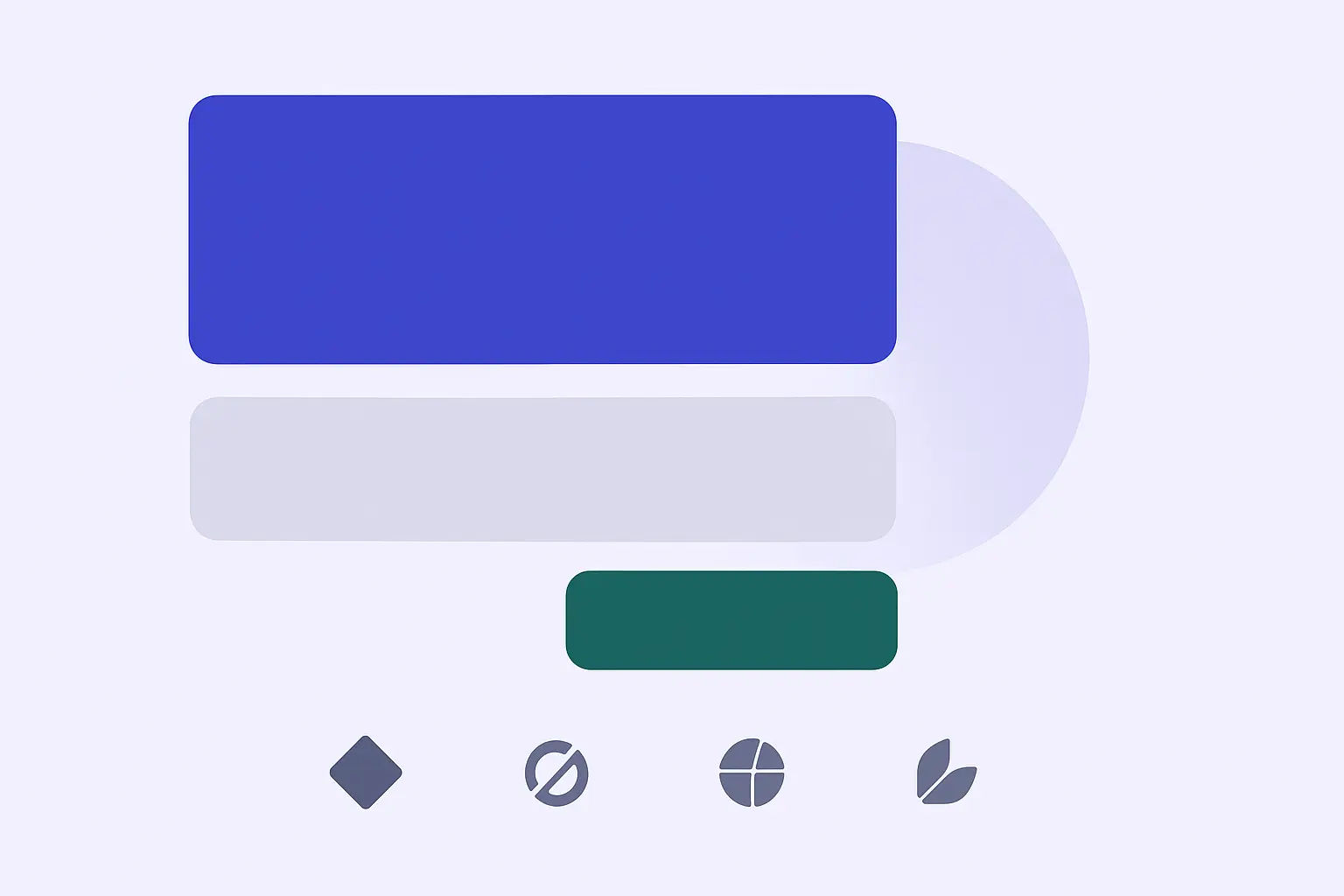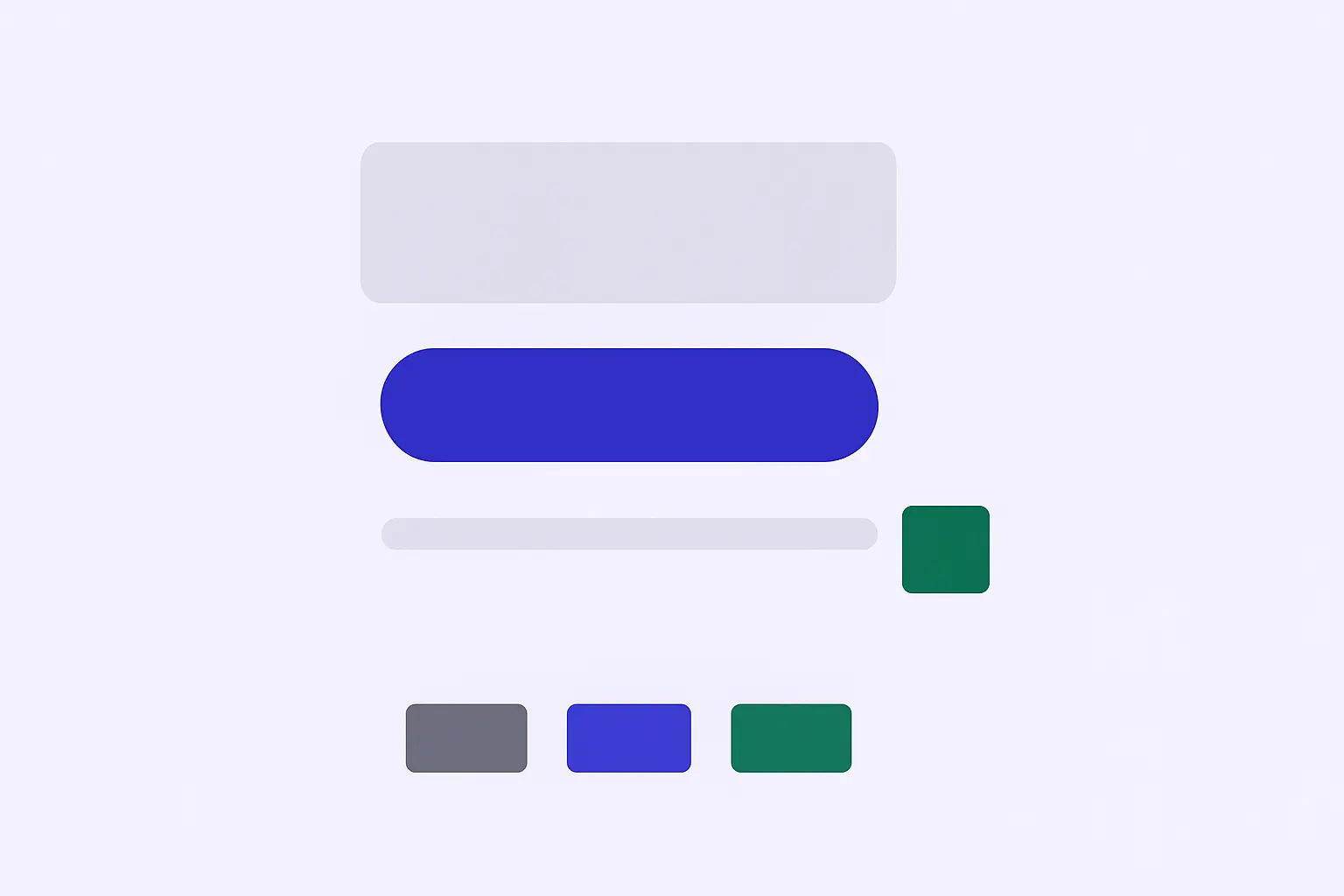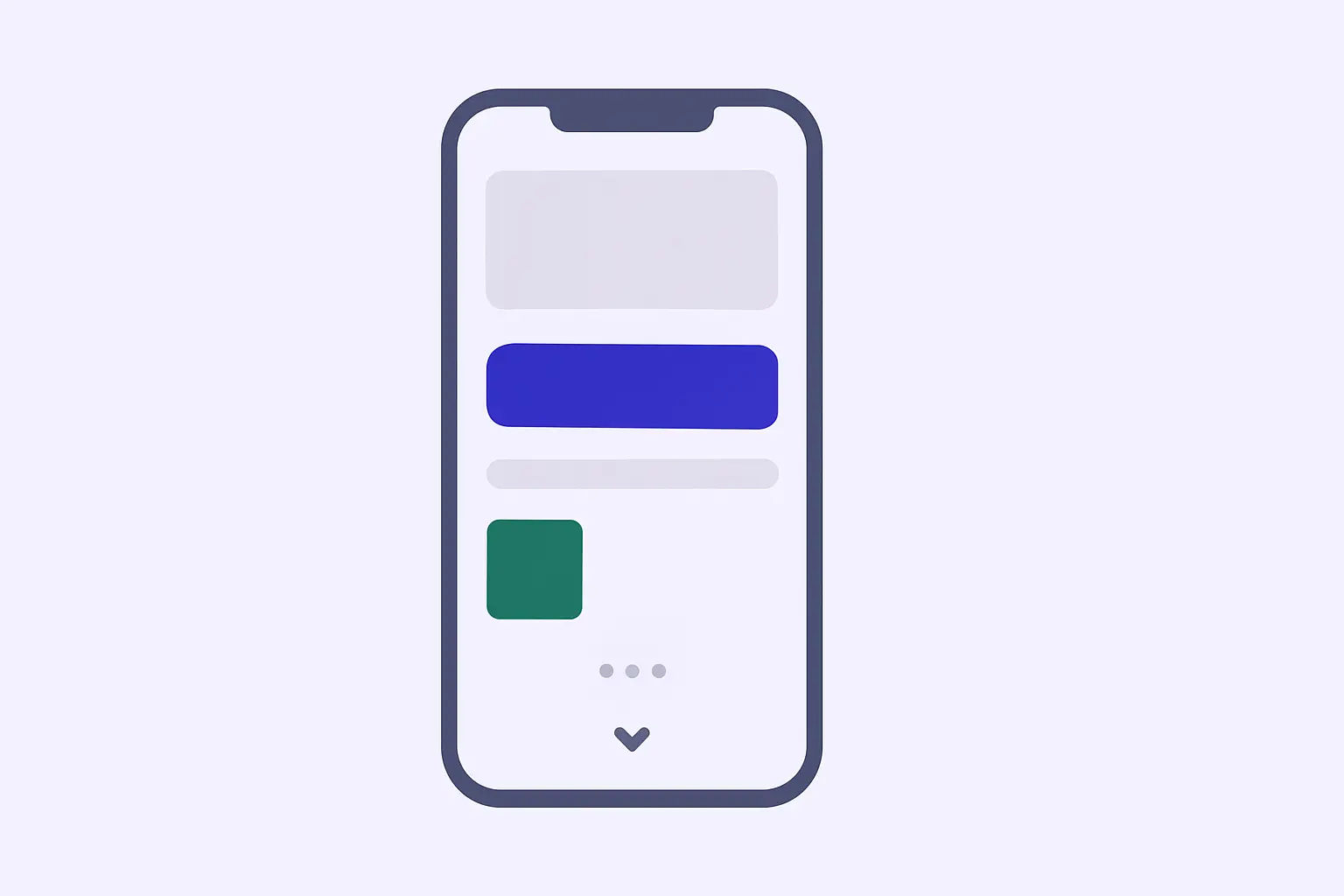
People Judge Your Price by Your Website’s Feel Not Just Its Words
You could have a $10,000 offer. But if your site loads slowly, looks generic, or feels dated you’ll still get low-ticket expectations.
This post shows how to upgrade your site’s visual authority and experience without hiring a design agency. It’s not about expensive graphics, it's about the feel.
A premium site signals clarity, trust, and intention before the visitor even reads a word.
What “Premium” Means in Web UX (In 2025)
Premium isn’t about being flashy. It’s about precision, restraint, and polish.
Premium sites:
- Feel light and fast, not overloaded
- Use white space like a luxury brand uses silence
- Use fewer fonts, fewer animations, fewer distractions
- Guide the visitor through without forcing them to figure things out
- Create emotional trust before business trust
It’s not about budget. It’s about taste, consistency, and structure.
Step 1: Upgrade Typography It’s 80% of the Feel
Great typography is the fastest way to elevate your entire site.
What to do:
- Use only 1–2 font families site-wide
- Choose one serif (for headlines) or one modern sans-serif (for both headings and body)
- Set line height between 1.4–1.6 for readability
- Use larger font sizes on mobile no smaller than 16px
- Avoid thin weights or grayed-out body copy
Recommended pairings:
- Inter + Georgia
- DM Sans + Source Serif
- Manrope + Lora
- Söhne + Freight Text
Typography is the backbone of visual trust.
Step 2: Create Consistency With Your Spacing System
Most sites look DIY because their spacing is off, not because the visuals are bad.
What to do:
- Use consistent spacing units (e.g., 8px, 16px, 32px)
- Align content to a grid even on mobile
- Avoid cramped sections or giant gaps
- Create a repeatable rhythm: title > text > button > visual
- Use more white space than you’re used to then use even more
Premium layout is about invisible rhythm. Make every scroll feel like part of a story, not a scattered list.
Step 3: Ditch Generic Visuals for On-Brand Assets

Visual clutter kills credibility. So does overused stock imagery.
What to do:
- Use only 1–2 key visuals per page (hero image, product mockup, or team photo)
- Replace illustrations with clean screenshots or abstract branded patterns
- If you must use stock, edit for consistency in tone, crop, and color
- Use grayscale client logos not multi-colored badges
- Keep icons in the same style set (line, fill, or duotone not mixed)
Optional: Hire a brand designer to build a visual “starter pack” 3–5 custom assets you can reuse everywhere.
Step 4: Use Fewer CTAs But Make Them Clearer
Nothing screams “cheap” like a site with 7 different buttons shouting at once.
Instead:
- Use only one primary CTA per page
- Use consistent button style (same shape, color, and hover effect)
- Keep CTA copy simple and confident (no “click here to…” or “submit”)
- Test anchor CTA placement on longer pages (repeats every 2–3 sections)
- Avoid too many link styles (underlined + bold + colored = confusion)
Premium feels spacious. Let your buttons breathe.
Step 5: Match Colors to Your Industry and Brand Positioning
Premium brands don’t use color loudly. They use it precisely.
What to do:
- Choose one primary color (used in CTAs and accents)
- Use one neutral background color (white, soft gray, off-beige)
- Use dark gray for text instead of black
- Avoid gradients unless they’re subtle and on-brand
- Match tone to market: bold colors for tech/SaaS, muted tones for legal/consulting
Your colors should feel intentional, not templated.

Step 6: Use Movement Intentionally or Not at All
The difference between cheap and premium animation?
- Cheap: random fade-ins, hover pop-ups, carousels
- Premium: scroll-linked transitions, subtle button feedback, layout shifts that serve flow
What to use:
- Scroll speed linked animations (Framer, Webflow)
- Microinteractions (hover, tap, click) with smooth easing
- Fade-ins with short delay (100–300ms)
- Avoid autoplay video or bouncing elements
If it feels like the site is trying too hard it is.
Less motion = more focus.
Step 7: Optimize for Mobile Like It’s the Primary Experience

In 2025, most buyers are browsing on their phone.
Your mobile site should feel like a product not a crammed-down desktop version.
What to do:
- Use a sticky bottom CTA
- Increase font sizes
- Stack sections vertically
- Collapse long FAQs
- Make the scroll feel intentional not infinite
Test your mobile layout like a user, not a designer.
Conclusion: Premium Isn’t About Fancy Design It’s About Precision
You don’t need gradients, animations, or a brand agency. You need:
- Clean typography
- Consistent spacing
- Strong but minimal CTAs
- Visual assets that feel aligned
- Mobile layout that respects attention
Your site should feel like it was made for your best client not the average browser.
Premium is about restraint, not bells and whistles. Edit. Polish. Simplify. That’s how it starts to feel worth more.

Custom video production at scale
Aneeverse covers all video needs whether you're telling your brand story, launching a product or running ads. Discover how we can help you scale.
